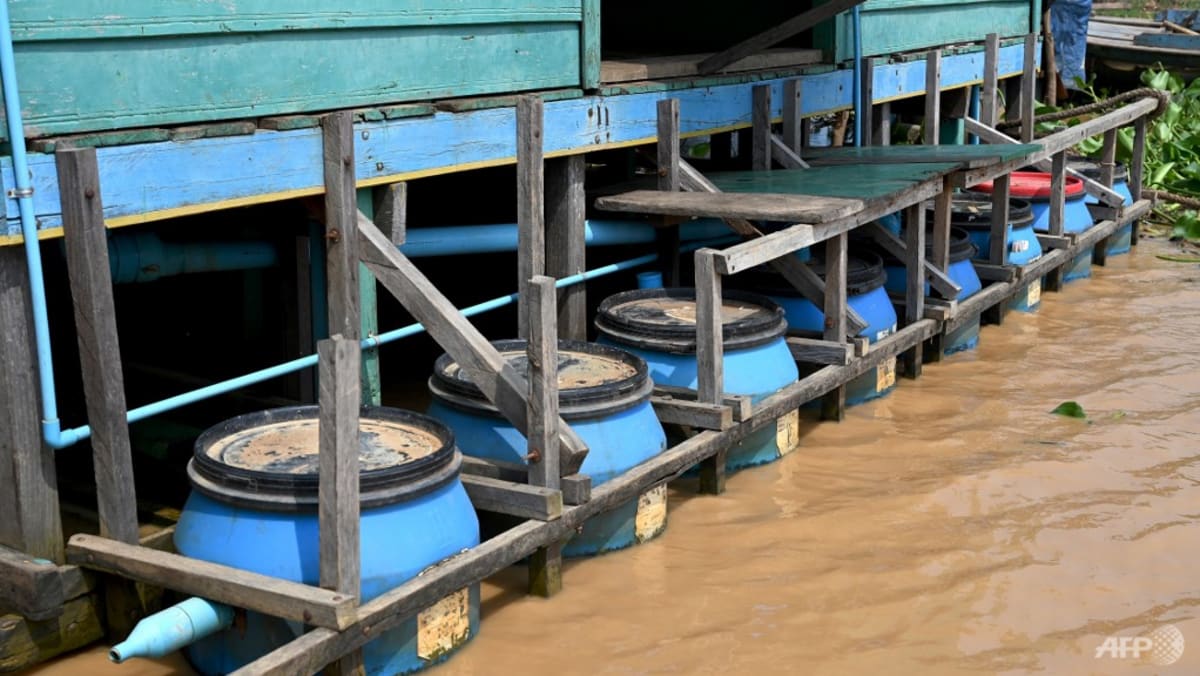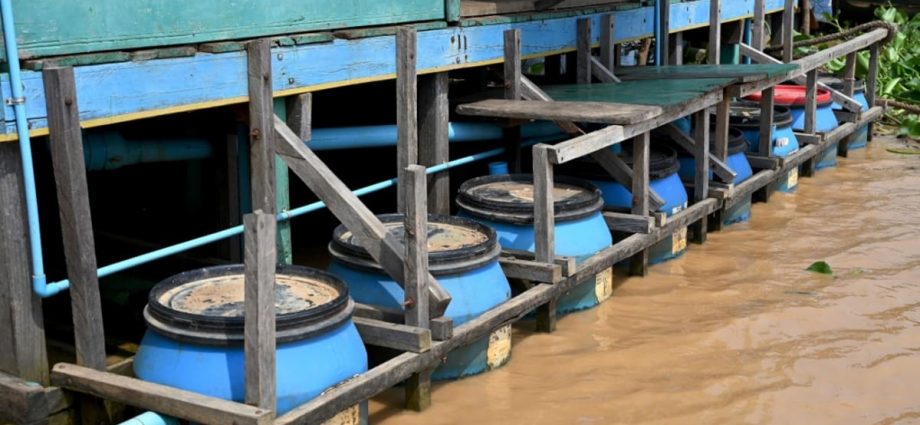
SIEM REAP: Pointing to the murky waters of the Tonle Sap, Si Vorn fights back tears as she recalls her four-year-old daughter dying from diarrhoea after playing in the polluted lake.
Her family of 12 is among 100,000 people living in floating houses on Cambodia’s vast inland waterway, and while their village has 70 houses and a primary school, it has no sanitation system.
Now a local social enterprise, Wetlands Work (WW), is trying to tackle the problem by rolling out “floating toilets” to filter waste, but the high cost of installation means for now they are available to only a lucky few.
For generations, villagers whose livelihood depends on fishing have defecated directly into the water that they use for cooking, washing and bathing – risking diarrhoea and even more severe water-borne diseases such as cholera.
“We use this water, we drink this water, and we defecate into this water. Everything!” Si Vorn, 52, told AFP, saying her family fell ill all the time.
“Every day, I worry about my health. Look at the water, there is no sanitation. I’m so worried but I don’t know what to do.”
MICROBE MAGIC
More than a million people live on or around Tonle Sap, the world’s largest inland fishery, but there is no system in place for managing human waste from the 20,000 floating houses around the lake.
Cambodia, ravaged by war and the genocidal Khmer Rouge in the 1970s, is one of the poorest countries in Southeast Asia.
About a third of the population does not have access to proper toilets, according to the WaterAid charity, and diarrhoea is a leading killer of children under five.

